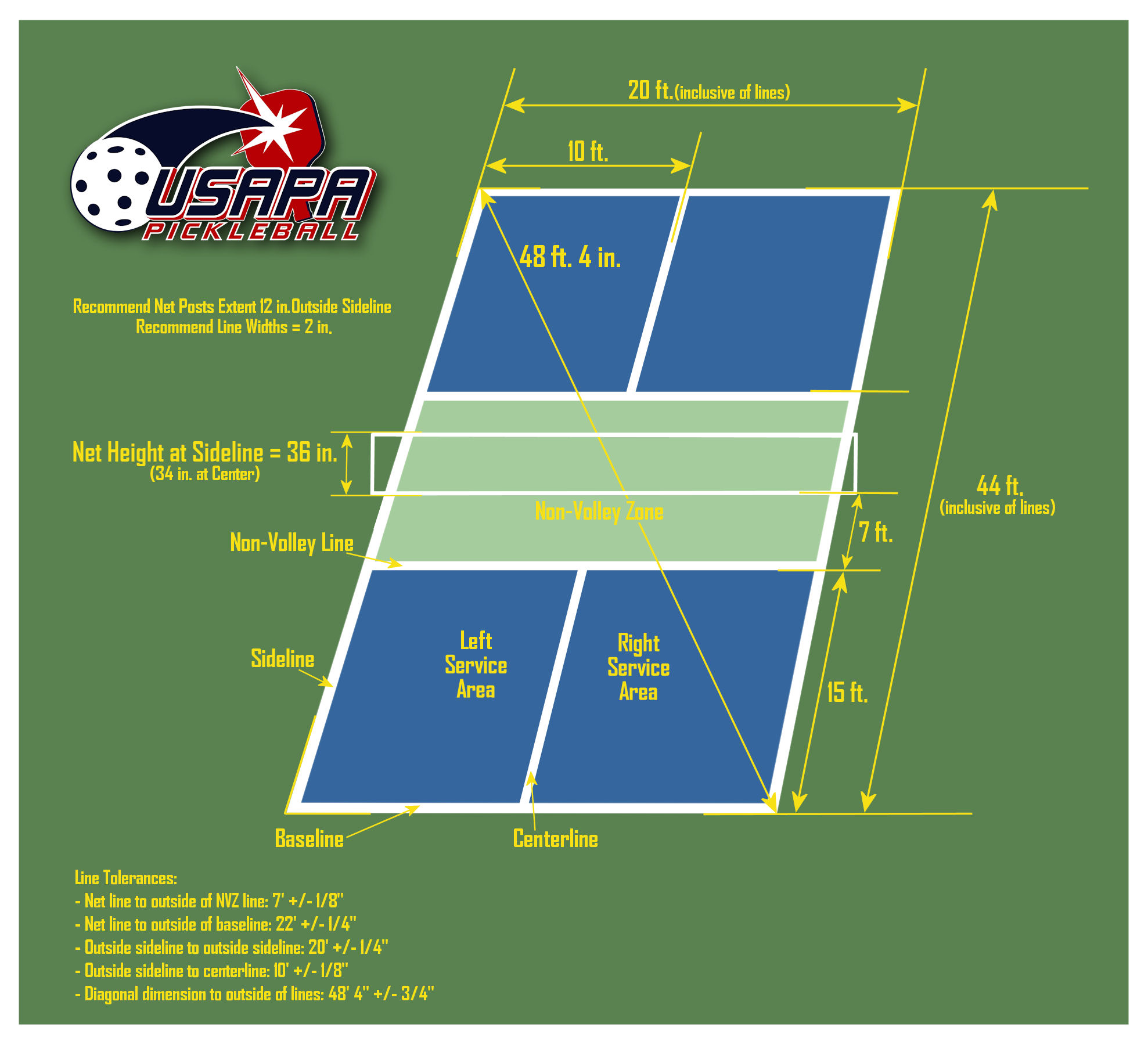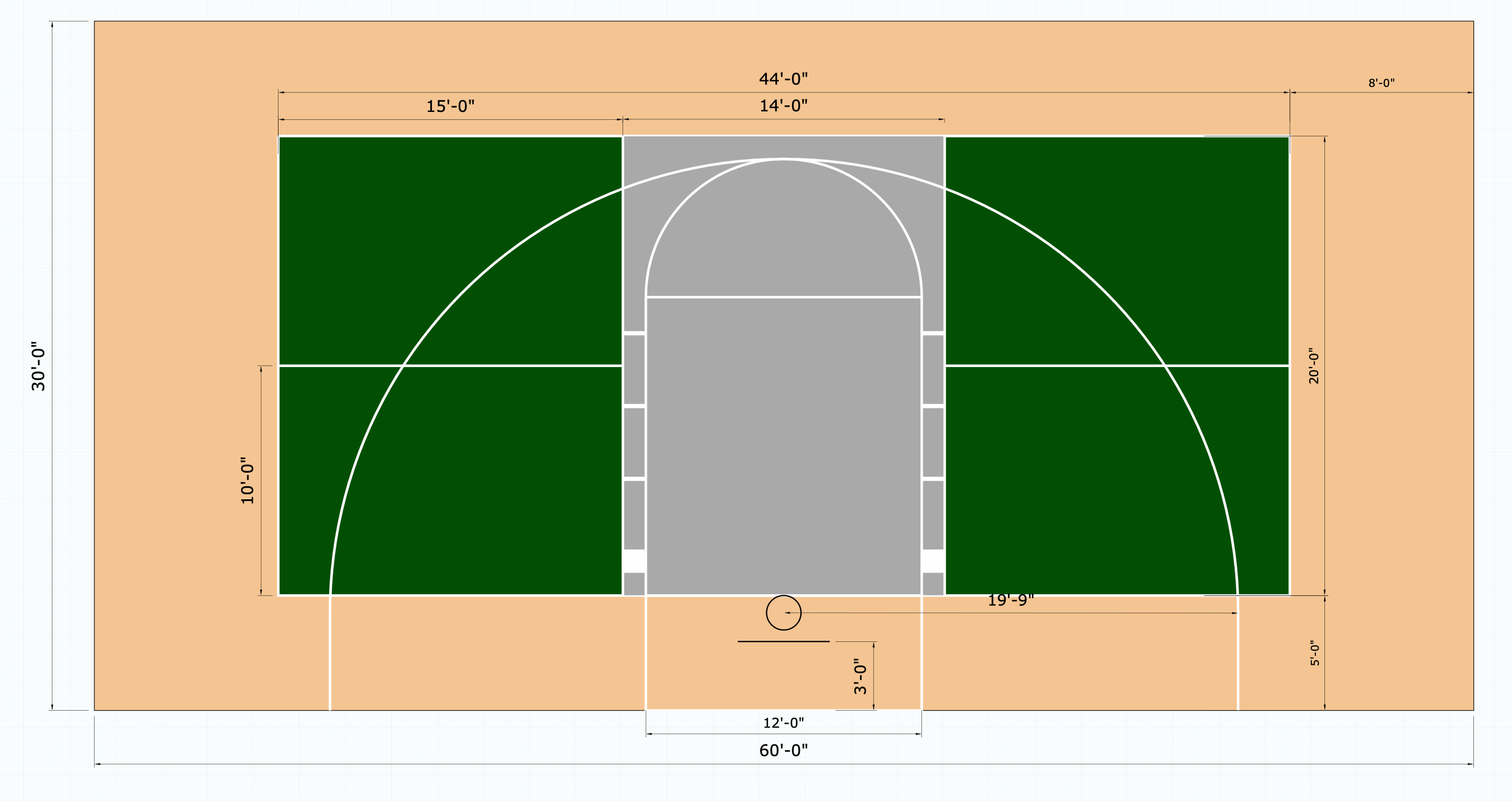Exactly How Illinois and Midwest are Leading the Way in Pickleball Judiciaries Style & Building
Exactly How Illinois and Midwest are Leading the Way in Pickleball Judiciaries Style & Building
Blog Article
The Necessary Providers Needed for Structure and Maintaining High-Quality Pickleball Judiciaries
The building and upkeep of high-grade pickleball courts pivot on a variety of necessary solutions that make sure optimal efficiency and gamer safety. Key factors to consider include the choice of appropriate surface materials, adherence to standard dimensions, and the implementation of efficient drain systems. Routine upkeep protocols and thoughtful focus to lighting and accessibility are critical for cultivating an inclusive setting. Understanding the interplay of these elements increases essential concerns regarding ideal practices and long-lasting sustainability for pickleball centers, which merit more exploration.

Picking the Right Surface Materials
Selecting the appropriate surface area materials for pickleball courts is critical to ensuring optimal playability and security. The selection of surface area straight influences video game dynamics, gamer comfort, and injury prevention. Common materials consist of asphalt, concrete, and specialized acrylic coatings, each offering distinctive benefits and considerations.
Asphalt is frequently favored for its cost-effectiveness and longevity; nevertheless, it calls for normal upkeep to stop splitting and surface area deterioration. Concrete deals a robust and lasting alternative, providing a smooth having fun surface that can stand up to hefty use. It may demand added therapy to boost traction and reduce slipperiness.
Polymer finishes have actually gained popularity because of their capacity to enhance efficiency features, such as shock absorption and grip, while also enabling customization in design and color. These finishes can be applied over existing surface areas, making them a versatile option for court upgrades.
Eventually, the selection of surface area product ought to align with the intended usage of the court, budget plan restraints, and neighborhood environment problems. Consulting with professionals that specialize in sporting activities center building and construction can supply valuable understandings, guaranteeing that the chosen materials meet both gamer needs and safety requirements.
Appropriate Court Dimensions and Format

The web height is established at 36 inches at the sidelines and 34 inches in the facility, which is critical for maintaining the honesty of the game. Additionally, the court should be bordered by at the very least 3 feet of clear area on all sides, permitting safe movement and avoiding collisions with surrounding challenges.
Preferably, courts should be aligned north-south to minimize the influence of sun glare on gamers. By adhering to these specs, center managers can ensure that their pickleball courts satisfy the essential criteria for both recreational and expert play.
Reliable Drainage Solutions
Efficient water drainage options are vital for maintaining the quality and playability of pickleball courts, especially after stormy climate. Illinois and midwest. Appropriate water drainage systems stop water accumulation on the court surface, which can cause surface area deterioration, see this mold development, and safety hazards during play
To accomplish reliable water drainage, it is important to make the court with a minor incline, ideally around 1-2% away from the. Additionally, including a properly designed water drainage system, such as perforated pipelines or French drains, can even more enhance water administration.
The choice of surface materials additionally plays a crucial role in water drainage. Porous surfaces, like particular sorts of asphalt or specialized sports surface areas, allow water to penetrate, decreasing the danger of standing water. Regularly getting rid of debris from rain gutters, drains, and bordering locations is important to maintain optimum efficiency. By applying these effective drain solutions, facility supervisors can make certain that pickleball courts remain playable and secure, thus boosting the total experience for players and preserving the longevity of the investment.
Routine Upkeep Practices
While the pleasure of pickleball is frequently linked to the high quality of the court, regular maintenance techniques are essential for maintaining its condition and guaranteeing a risk-free playing atmosphere. The very first action in upkeep includes routine evaluations to determine any type of splits, surface area wear, or debris that could influence gameplay.
Cleansing the court frequently is crucial, as this protects against the accumulation of dirt, leaves, and other products that can degrade the surface area and produce risks. A pressure washer or a mop can efficiently remove debris while making you can find out more sure that the court surface continues to be undamaged.
Additionally, periodic resurfacing is required to maintain the court's playing attributes and prolong its lifespan. This might involve applying a brand-new layer of acrylic or sealant to protect against wetness and UV damage.
In addition, keeping the bordering areas, such as fences and webs, adds to the general safety and aesthetic appeals of the center. Developing a maintenance timetable that includes these practices will certainly not just improve the playing experience however additionally guard versus pricey fixings in the long run. Routine focus to these facets makes sure that pickleball courts stay an inviting and risk-free environment for gamers of all ability degrees.
Lighting and Access Factors To Consider
Proper lighting and accessibility factors to consider are crucial aspects in the design and upkeep of pickleball courts. Appropriate lights not just boosts the playing experience however also makes certain safety and security for players and viewers throughout evening or low-light conditions. Courts ought to be brightened with top notch LED lights, supplying uniform illumination while minimizing glare. The positioning of fixtures have to be purposefully intended to stay clear of darkness and make certain clear visibility of the court boundaries and web.
Courts must conform with the Americans with Disabilities Act (ADA) standards, making sure that they are quickly available for people with flexibility impairments. In addition, implementing a smooth surface and making certain that the bordering locations are totally free of challenges can promote better gain access to.
Integrating both lighting and availability considerations not only improves the general user experience however additionally underscores the commitment to creating an inclusive and inviting environment for all players. By focusing on these components, facilities can foster a lively pickleball community that brings in players of numerous skill degrees and backgrounds.

Final Thought
In final thought, the establishment and maintenance of top notch pickleball courts demand a detailed approach that consists of choosing ideal surface area materials, sticking to standard measurements, and carrying out efficient drain systems. Regular maintenance and inspections are crucial for longevity, while ample lighting and accessibility features promote a secure and comprehensive atmosphere for gamers. Full Report Collectively, these vital solutions not only enhance the playability and convenience of the courts however also contribute considerably to injury avoidance and total fulfillment of individuals.
Report this page